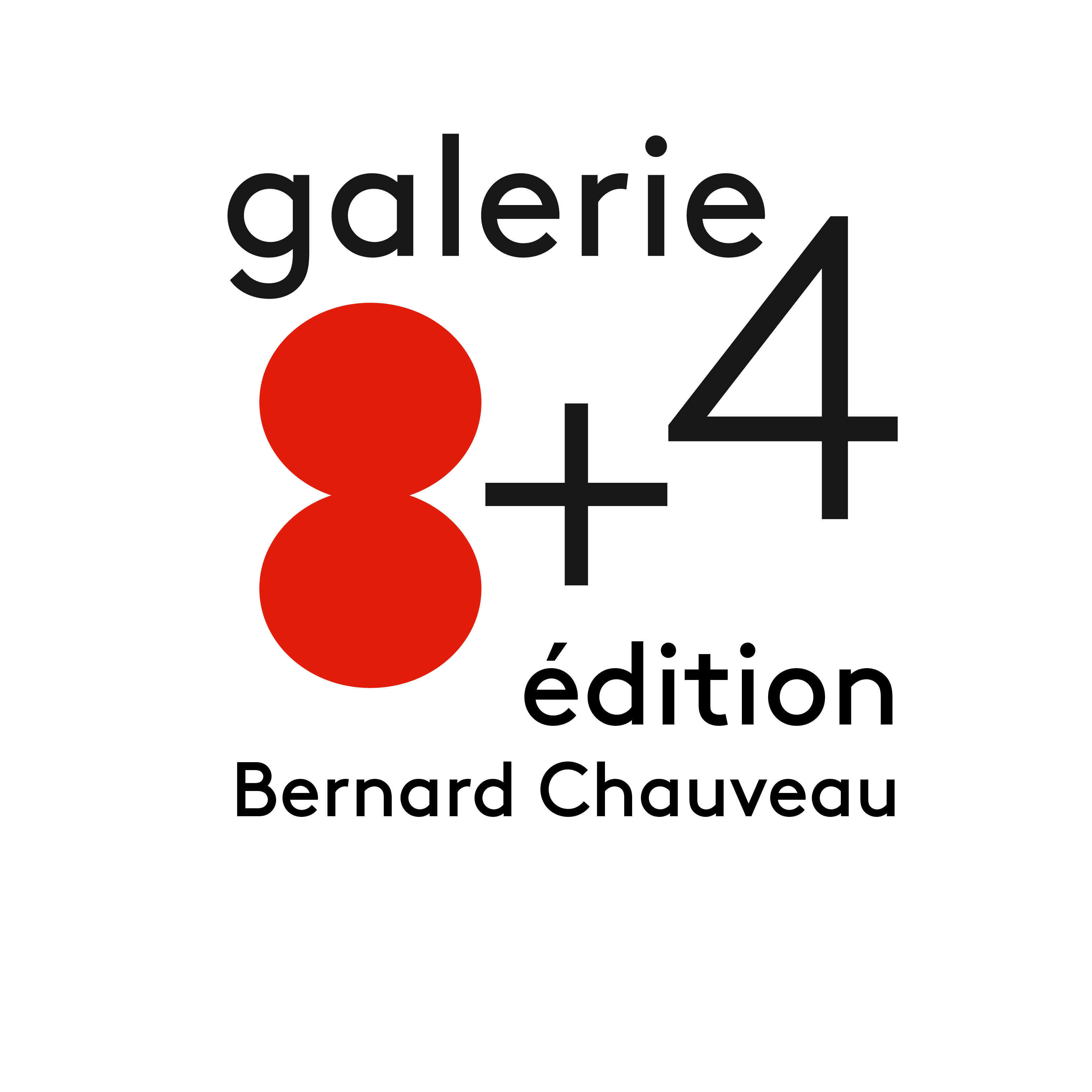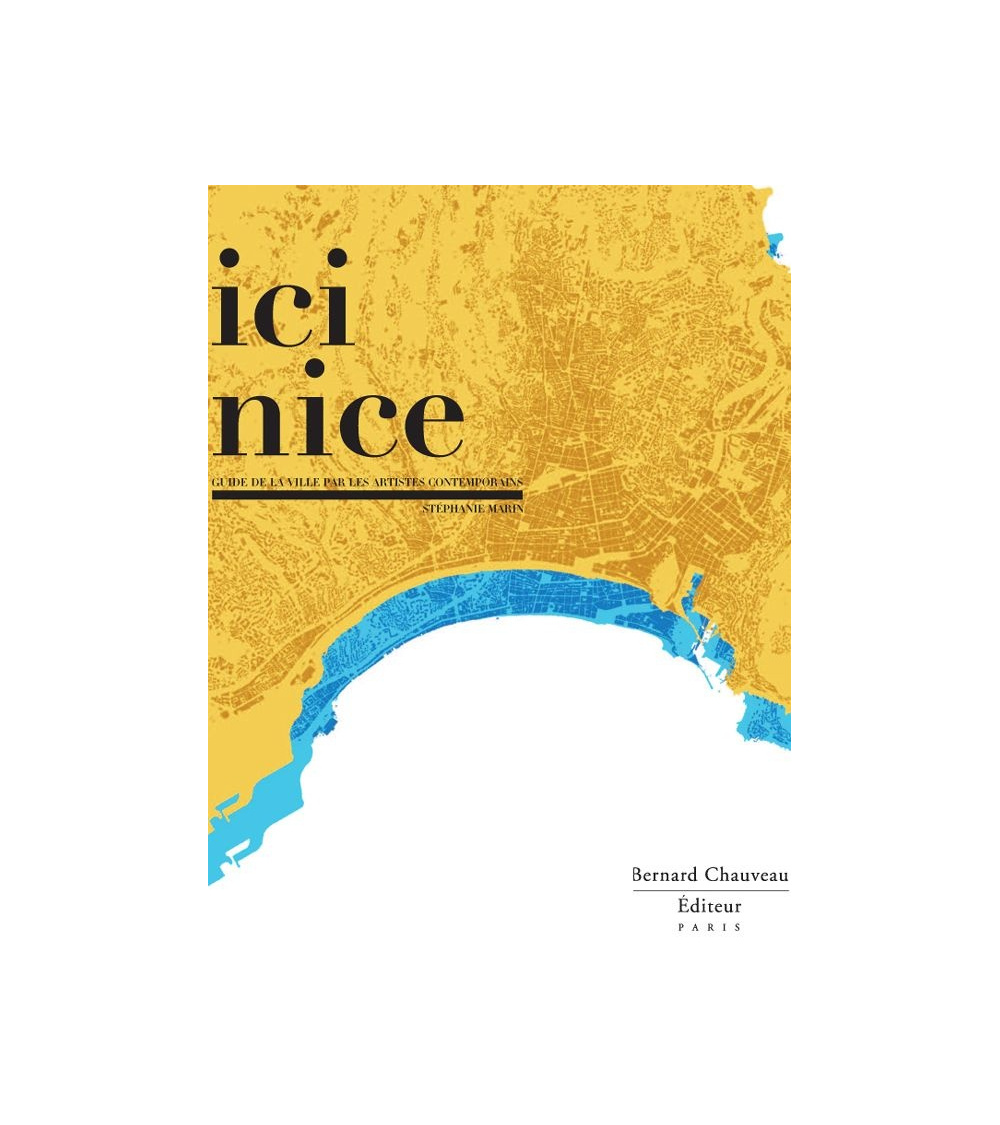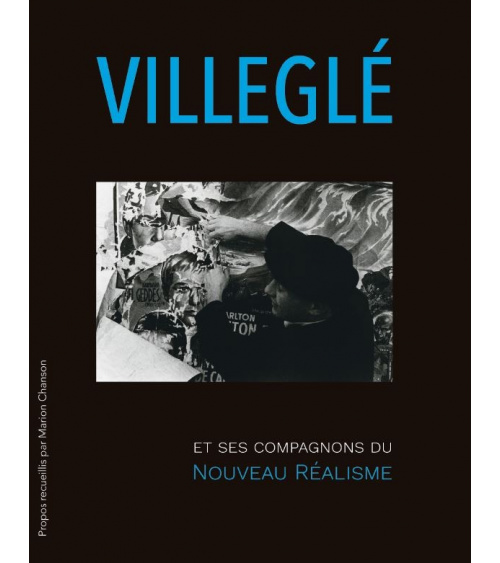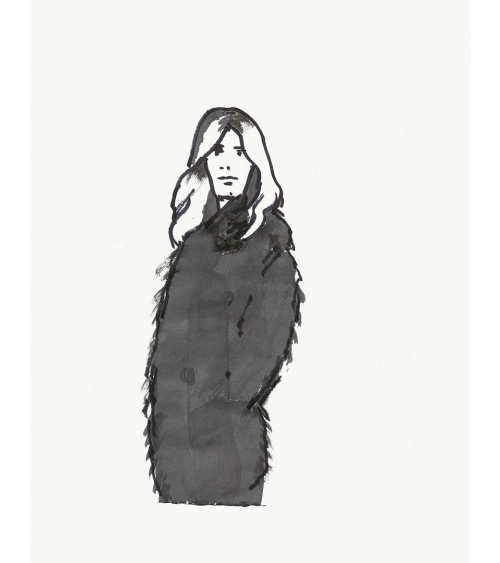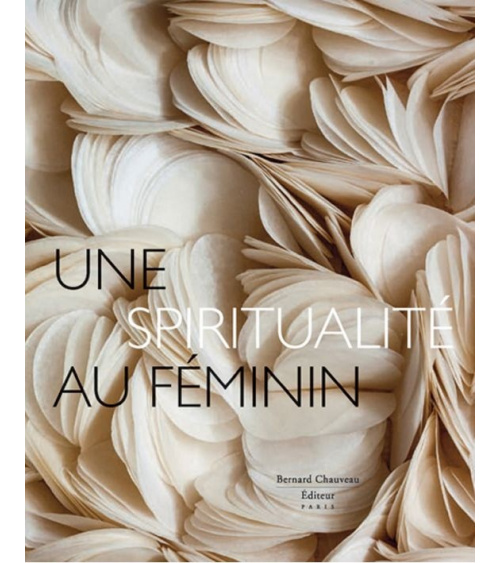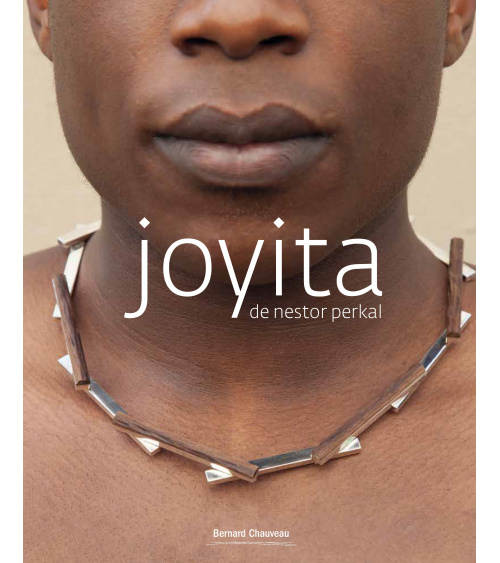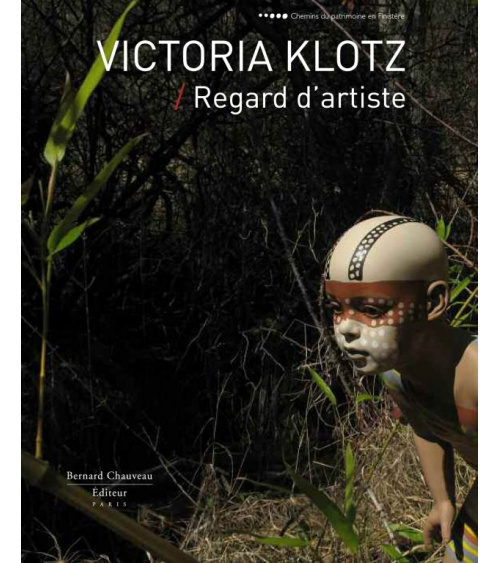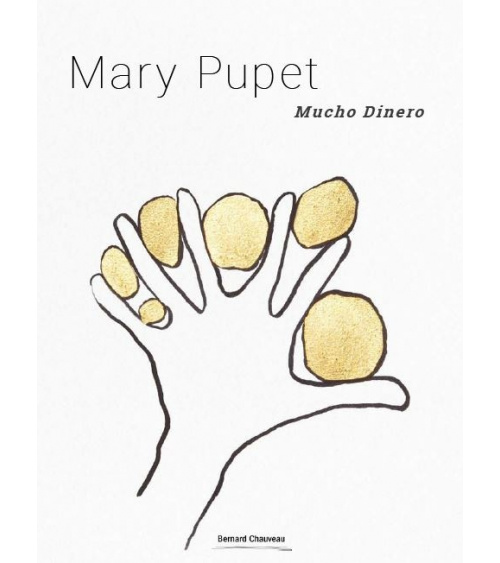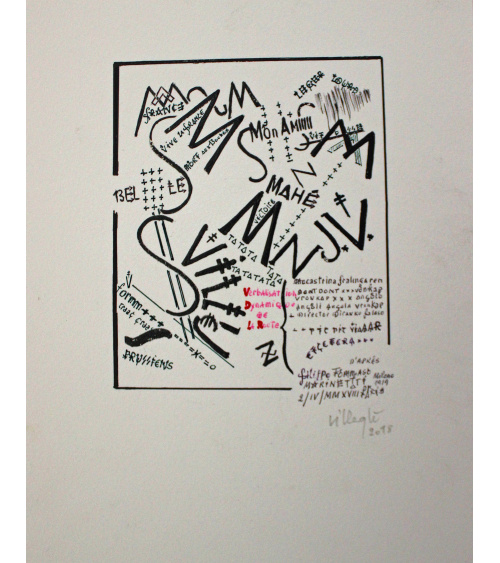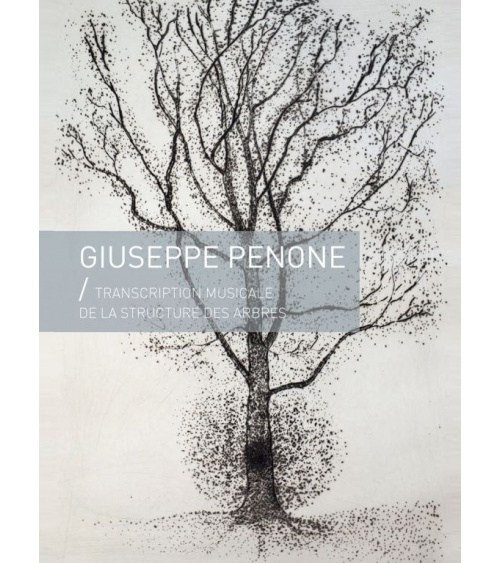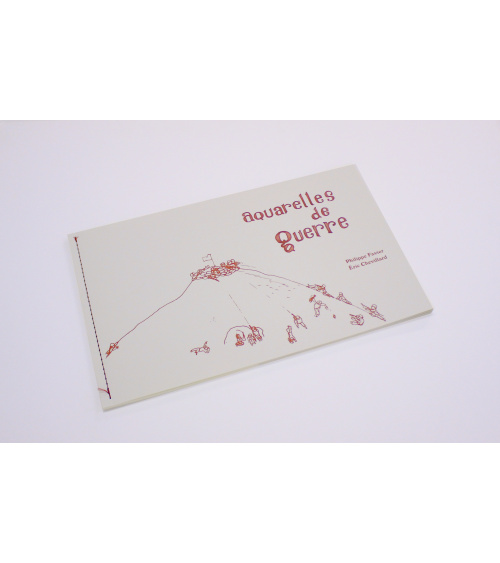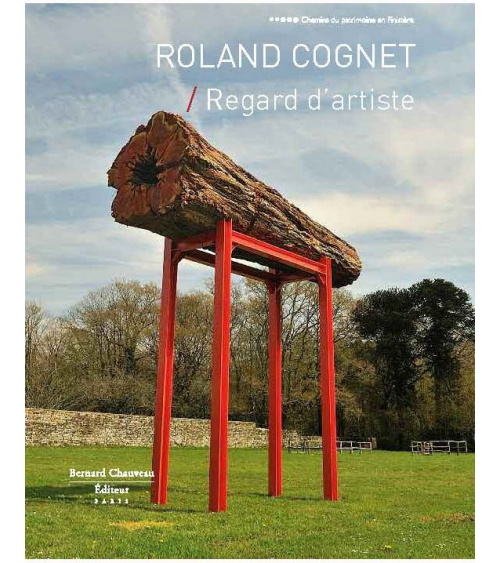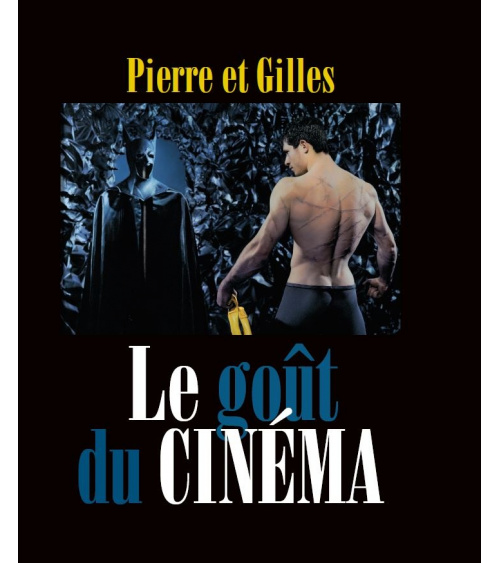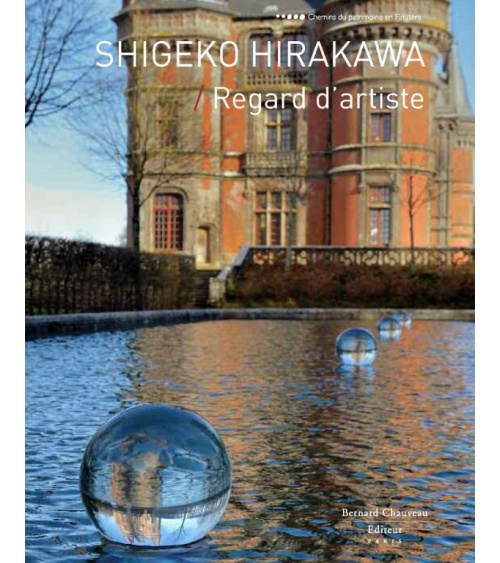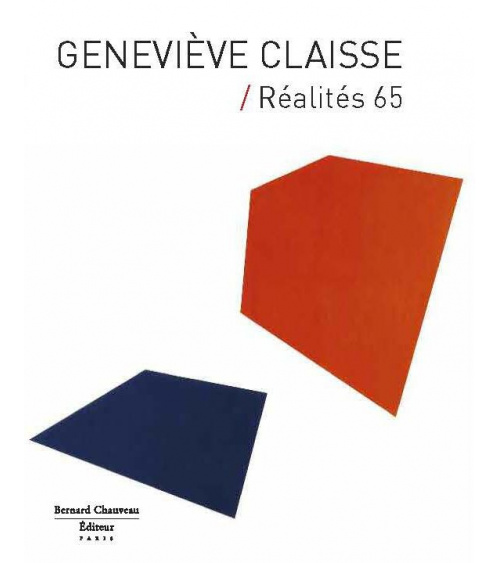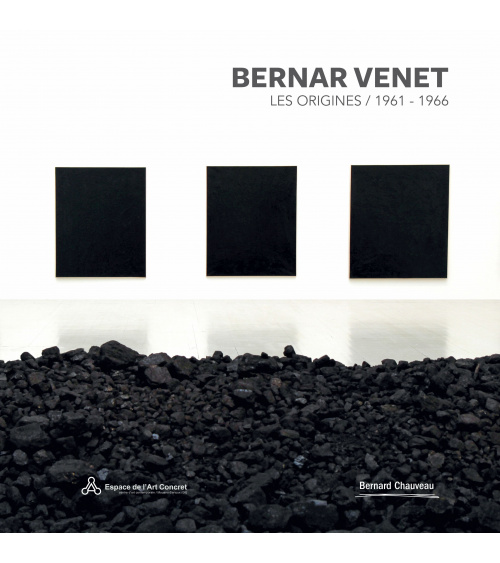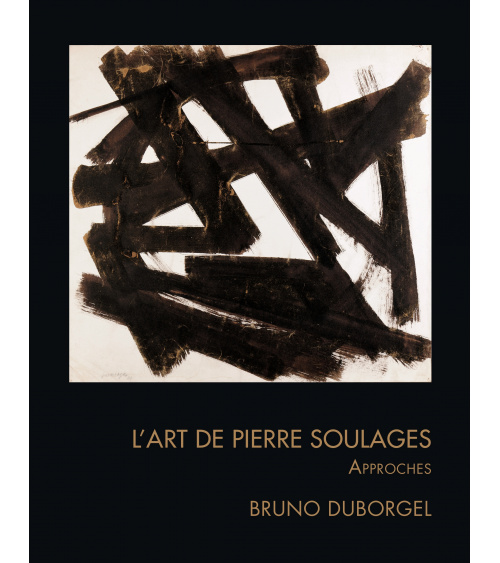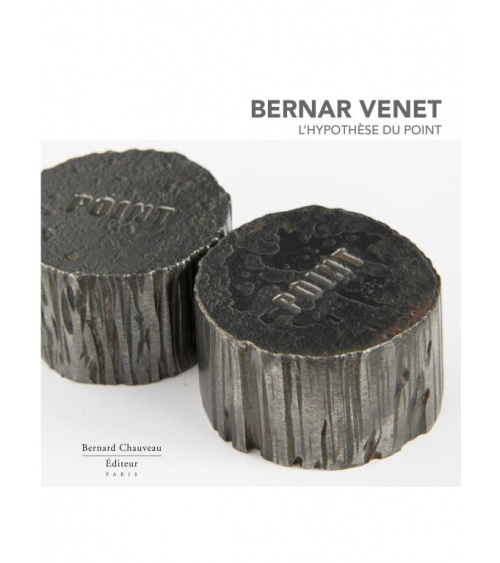Ici Nice
This « travel log » shows 47 artists' drawings living in Nice, invited to give a vision of "their" Nice, the place where they live.
This « travel log » shows 47 artists' drawings living in Nice, invited to give a vision of "their" Nice, the place where they live. This book, created under the drection of the designer Stéphanie Marin is a real "city guide by the contmporary artists". Blank pages at the end of the book give to each "traveller-reader" the possibility to create his own drawing of Nice...
« Here in Nice is a travel log for just this kind of experience: a means for approaching the notion of travel and overcoming its inherent constraints » (Stéphanie Marin)
« Here in Nice evokes the modern layout as much as the subjects of contemplation from years past in the studios of Matisse, Dufy, or Yves Klein, who extracted in the azure of the Baie des Anges the pigments of the imperial blue on their easels. Ici Nice is a one-of-a-kind travelogue, intended for visitors to the city and produced by those coming back for another look. » (Olivier Marro)
Exhibition of the artists' drawings: from December, 10th to January 2012, the 10th, at the "Abattoirs" (NICE).
Artists' list shown in the exhibition and in the catalogue:
Edmond Baudoin, Michel Blazy, Julien Bouillon, Virginie Broquet, Martin Caminiti, Louis Chacallis, Paul Chazal, Marc Chevalier, Pierre Descamps, Noël Dolla, Jean Dupuy, Kristof Everart, Philippe Favier, Jacqueline Gainon, Jean-Baptiste Ganne, Anne Gérard, Karim Ghelloussi, Jo Guichou, Alexandra Guillot, Thierry Lagalla, Virginie Le Touze, Sandra Lecoq, Florent Mattei, Maurice Maubert, Gilles Miquelis, Daniel Mohen, Anton Mufler, Marion Orel, Bernard Pagès, Gérald Panighi, Émilie Pischedda, Maxime Puglisi, Florian Pugnaire, Jean-Simon Raclot, Emmanuel Régent, Georges Rousse, Ingrid-Maria Sinibaldi, Sacha Sosno, Valentin Souquet, Stéphane Steiner, Cédric Teisseire, Ben Vautier, Bernar Venet, Jean-Luc Verna, Edmond Vernassa, João Vilhena, Junko Yamasaki
Data sheet
- Number of pages
- 128
- Size
- 24,5 x 18 cm (landscape format)
- ISBN
- 9782363060181
- Justification
- Bound
- Technique
- 46 color illustrations in double page
- Publication date
- 2011
Baudouin (Edmond)
Edmond Baudouin was born in Nice in 1943. When he was about 30 years old, after being called by the army, then being an accountant, he realized he couldn’t live without drawing. Drawing led him to comics, which made him discover writing. Through a complicated path, comics led him to contemporary dance and he participated to the creation of a few shows with Béatrice Mazalto and Carol Vanni. This art’s modernity greatly influenced his narrative work. He also performed with musicians. His first comic book was published in 1981. Since, he created about fifty comic books and illustrations for texts for adults and children. He has worked with Le Clézio, Fred Vargas, Frank, Jacques Lob, L’abbé Pierre, Céline Wagner, Tahar Ben Jelloun, Philippe Chartron, Carol Vanni, Mircea Cartarescu. For two years, he drew comic books for the Japanese publishing house Kodansha, and taught in a university of Québec from 1999 to 2003.
Blazy (Michel)
Michel Blazy is a french artist born in Monaco in 1966. He works and lives on Ile-Saint-Denis. His visual work addresses themes such as the exploitation of what is alive, decomposition, the observation of what is to be. Thus, he creates evolutionary and temporary pieces… In 2006, he is part of two simultaneous exhibitions in Versailles and Tokyo, and exhibits at the Palais de Tokyo in 2007 and the Grand Palais in 2009.
Bouillon (Julien)
Jullien Bouillon is a French plastic artist, born in 1971 in Forcalquier. He works and lives in Paris. His first personal exhibition took place in 2002. From 2005 to 2009, he works with the art collective La Station. In 2014, he exhibits at the Cory Scozzari Rod Barton Gallery in London.
Broquet (Virginie)
French illustrator born in Nice, Virigine Broquet travels, draws and observes the world. She paints real life, people’s lives, from New York to Tokyo and from Senegal to Shanghai. These life moments are proof of her need to travel, her curiosity of others, each picture, like a canvas, becomes an adventure. From her travel notebooks, paintings done in diverse techniques emerge.
She shares her activity between press, cartoons, illustration, advertising, painting and fashion, particularly with Isabel Marant and Xuly Bet. In twenty years, she realizes about twenty eclectic books for adults and children. The last one was A grand-mother’s recipes to her grand-daughter, with Sabine Cassel and Monica Bellucci.
Caminiti (Martin)
Christian Biecher is an architect who graduated from the Ecole nationale supérieure d’architecture de Paris-Belleville. He belongs to a generation of sensitive creators, at a crossing of many disciplines. Urbanism, architecture and design mix in concerted approaches.
He drew buildings in France, amongst which the Bibliothèque départementale of Carcassonne, the Centre de Long séjour of the Hénin-Beaumont hospital, an animation center and a theatre Place des Fêtes in Paris XIV (2007), and abroad: Tur building in Tokyo (2004) and Sora building in Shiki (2005), Harvey Nichols store in Hongkong (2004), Fauchon building in Casablanca (2010) and recently, the renovation of the Budapest bourse (2011).
Chacallis (Louis)
Chazal (Paul)
Chevalier (Marc)
Descamps (Pierre)
Born in 1975 in Amiens (France). Lives and works between Paris and Berlin (Germany).
Dolla (Noël)
Noël Dolla was born in 1945 in Nice. Noël Dolla is a painter and a plastician.
Dupuy (Jean)
Jean Dupuy was born in 1925 in Moulins (France). Jean Dupuy lives and works in Pierrefeu (France).
Everart (Kristof)
Kristof Everart was born in Aureilhan (France) in 1966. Kristof Everart lives and works in Nice (France). He is a plastician. Website : http://www.kristofeverart.com/
Favier (Philippe)
In Europe’s artistic scene, Philippe Favier is an example of a singular practice which has no real equivalent. Born in 1957, he has, since the 1980's, produced paintings where the motif becomes a simple ornamentation of a wider whole, without visible hierarchy and without any particular construction apart from the fact that it creates an off-camera, both physical and mental. There is in this artist, the idea that art should, above all, activate imagination. To achieve this he does not hesitate to introduce fascinating little figures, sometimes multiplied to infinity. Using the theme of vanities, death and skeletons, he fills his pages with ordinary but surprising objects that alternate with intriguing otherworld images. The important point for him, is that the book, the images, the story-path, are to be read and deciphered. The work is a synthesis between the pages full of crypto glyphs, and the page after-page succession of possible readings. Philippe Favier builds impossible works, without beginning, without end, without orientation, without any destination other than to lead us into unsuspected depths in our imagination. Time stretches, lengthens to infinity, takes different forms according to how we read.
Gainon (Jacqueline)
Jacqueline Gainon was born in Nice (France) in 1951. Jacqueline Gainon lives and works in Nice (France). Website : http://www.jacquelinegainon.fr/
Ganne (Jean-Baptiste)
Jean-Baptiste Ganne was born in Gardanne (France) in 1972. Jean-Baptiste Ganne lives and works in Nice.
Gérard (Anne)
Ghelloussi (Karim)
Karim Ghelloussi lives and works in Nice. Website : http://karimghelloussi.blogspot.fr/
Guichou (Jo)
Guillot (Alexandra)
Lagalla (Thierry)
Le Touze (Virginie)
Lecoq (Sandra)
Mattei (Florent)
Maubert (Maurice)
Miquelis (Gilles)
Mohen (Daniel)
Mufler (Anton)
Orel (Marion)
Pagès (Bernard)
Panighi (Gérald)
Pischedda (Emilie)
Puglisi (Maxime)
Pugnaire (Florain)
Raclot (Jean-Simon)
Régent (Emmanuel)
Rousse (Georges)
When he was 9 years old, Georges Rousse received the legendary Kodak Brownie camera as a Christmas gift. Since then, the camera has never left his side. While attending medical school in Nice, he decided to study professional photography and printing techniques, then opened his own studio dedicated to architectural photography. Soon, his passion for the medium led to devote himself entirely to photography, following in the footsteps of such great American masters as Steichen, Stieglitz and Ansel Adams.
After he discovered Land Art and Malevich's Black Square against a white field, Georges Rousse altered his relationship to photography, inventing a unique approach that shifted the relationship of painting to space. He began making installations in the types of abandoned or derelict buildings that have long held an attraction for him--creating ephemeral, one-of-a-kind artworks by transforming these sites into pictorial spaces that are visible only in his photographs.
From the early 1980s on, Georges Rousse has chosen to show his photographs on a large scale, so that his viewers participate in the work and experience the sense of space in a compelling way.
Collapsing the usual restrictions between artistic mediums, his unique body of work quickly made its mark on the contemporary art world. Since his first exhibition in Paris, at the Galerie de France in 1981, Georges Rousse has continued creating his installations and showing his photographs around the world, in Europe, in Asia (Japan, Korea, China, Nepal.), in the United States, in Quebec and in Latin America.
He has participated in numerous biennials (Paris, Venice, Sydney) and received many prestigious awards:
| 1983 | Villa Médicis "hors les murs" à New York |
| 1985-1987 | Villa Médicis, Rome |
| 1988 | International Center of Photography Award, New York |
| 1989 | Salon de Montrouge Drawing Prize |
| 1992 | Romain Roland Fellowship, Calcutta |
| 1993 | National Grand Prix of Photography |
| 2008 | Succeeded Sol LeWitt as an associate member of the Belgian Royal Academy |
He is represented by several European galleries and his works are included in many major collections the world over.
Georges Rousse was born in 1947 in Paris, where he currently lives and works.
http://www.georgesrousse.com/
Sinibaldi (Ingrid-Maria)
Sosno (Sacha)
Souquet (Valentin)
Steiner (Stéphane)
Teisseire (Cédric)
Vautier (Ben)
Ben is one the 20th Century's major artists, well known for his actions and paintings. Ben's production, both reflecting on the importance of art and integrating our every day life in what is particular about it, manages to make life an art. Therefore, universes as far from the artistic field as ethnicity, ego and truth, entered Ben's work. He is very popular thanks to his "writings" that ally a great impertinence and a great accuracy. SOURCE : musée d'art contemporain de Lyon, 2011.
Venet (Bernar)
Bernar Venet (born in 1941 in France) is a visual artist. In 1958, he joined the Villa Thiole in Nice and then became assistant set designer at the Opera of Nice. In 1966, he moved to New York where he painted and sculpted mostly wood and steel. His steel sculptures (or “Indeterminate Lines”) were exhibited in many urban spaces across France and worldwide.
Verna (Jean-Luc)
Vernassa (Edmond)
Vilhena (Joao)
Yamasaki (Junko)
No customer reviews for the moment.
